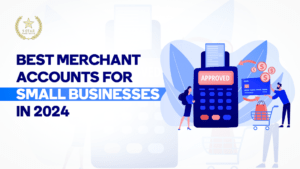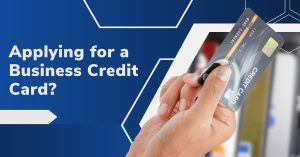You make payments almost every day if you own a small business. In the old days, many of these payments were made using cash or checks. Electronic payments have become a more convenient, faster and safer option. EFTs are a great option, but what exactly is an EFT? Our handy guide will tell you everything about EFT payments.
Meaning of EFT
What is EFT, then? EFT is a method of moving money electronically from one bank account to another. Both versions may be with the same or different institutions. The term EFT does not refer to any specific payment. This umbrella term covers all electronic payments, including BECs and wire transfers.
What is an electronic funds transfer?
Electronic funds transfers are electronic money transfers between individuals, companies and banks. Payment technology can be used to send money home to family, pay for bills and compensate employees each payday. Payment processing done by EFT are faster than those made using traditional payment methods such as cash or checks. EFT payment types include direct deposit, ATM, ATM card, phone, and credit card payments.
What is an EFT payment?
EFT transfers are also known as EFT payments. You’ve probably used EFT technology if you have used online banking in order to transfer money from your checking account to your savings account. If you used an app to pay for someone’s restaurant bill, then you have used EFT.
What are peer-to-peer electronic payments?
It’s easy to transfer money from one person to another with apps like Cash App and Venmo. The EFT-based peer-to-peer payment system is used to transfer money.
You can register for one of these apps and link either your bank account or debit card. You can connect your credit cards to some apps (normally for a fee per transaction). You open an app to make a payment. Then, you enter information about the recipient, confirm the transaction, and then send the money.
Some P2P platforms act as holding tanks to hold funds. All users do not use these apps. The money is left in the app, and they pay people and vendors directly using the platform P2P as a temporary bank account. PayPal and other peer-to-peer apps offer their users debit cards, which makes it easy to get funds from the platform.
Meaning of EFT
What is the meaning of EFT payment then? EFT payments require two parties: A sender and a receiver. The sender sends money to the recipient through a payment network. This payment moves the funds from the sender to the receiver account.
Two examples will help you to understand the way money is transferred across networks.
- Imagine you are at the supermarket and ready to make a payment. You slide your debit or credit card through the terminal at checkout to pay your bill. After you approve the transaction and enter your PIN, the money will be transferred in real-time from your account to that of the store. Grab your groceries, and you can head home.
- A paycheck that is directly deposited in your account would be another example. In this case, the employer sends the money, and you are the recipient. You must provide your bank’s routing and account number to your employer when you request a direct deposit. Your employer enters your bank account information into the system of their payroll provider. Your employer enters the information into their payroll provider’s system. The ACH network is used to conduct these transactions, which can take a couple of days.
EFT payments can be classified into several types
EFT payment options are varied. EFT is popular because it offers convenience and quick delivery. EFT has become popular worldwide. However, you should know the different ways to participate. The most popular types of EFT are:
-
The Electronic Check
When the payer authorizes this payment, a digital check will be generated. Vendor payments are often made with echecks.
-
Direct Deposit
The funds are automatically deposited into the account without any paperwork. Employees love this method. The automatic deposit is a popular method among employees.
-
Pay by Phone
It is an informal transaction that occurs over the phone. The payee usually gives the card number to the receiver over the telephone. On the recipient’s line, you will be able to conduct a transaction. After verbal approval, the payee doesn’t do much. Utility payments are a common example.
-
ATM Transactions
ATMs are available in all cities and bank branches worldwide. They offer a convenient way to withdraw cash from your account. A person can start some money by inserting a debit card into a machine. The information is then sent to the bank, and the money is dispensed. This is an immediate transaction.
-
Cards Transactions
Credit cards and debit cards are the preferred payment method at the time of the transaction. They replace cash. It can happen in person or online by swiping, dipping, or entering the card. Account information is received electronically, and payment is approved. After the card is swiped, dipped or entered electronically to obtain account information and support a payment withdrawal, it’s scheduled.
-
Internet Transactions
In order to tap, swipe, or insert a credit card on the internet, you must first manually enter your information into a field at the point-of-sale, then click a button for payment. The process is the same: approving payment approval and then transferring the funds within two days.
Businesses can benefit from EFT payment
EFT payment benefits for businesses include:
Easy to retain account:
EFT payment can be processed rapidly and automatically. This can save time for businesses and can reduce the need to manually update statements when there are problems with cards or fraud.
Faster time to revenue. EFTs allow businesses to get paid more quickly, compared to waiting to receive a check by mail. This makes it easier and quicker to generate revenue. Your business will spend less time reviewing statements and cashing them.
EFT payment is cost-effective, especially for high-ticketed transactions. It also eliminates costly human error. Businesses can save on costs such as postage and paper by using EFTS.
- EFT is considered more secure than paper-based payments because it uses encryption to prevent fraud.
- EFT payment accuracy is increased: Businesses can avoid mistakes associated with manual data input, including typos and transposition.
- Improved cash flow management. Electronic payments are automatically scheduled and can assist businesses in managing their cash flow.
- EFT can improve customer experience. It can be easier to pay for services, leading to greater customer satisfaction.
- EFT allows for greater flexibility. Payments can be made at any location and anytime.
- EFT payment provides your business with an efficient, cost-effective, and secure way to manage costs. It also streamlines your transactions.
Is EFT Secure?
Sharing your account details to set up an EFT might sound risky. EFT payments can be considered secure due to the Electronic Fund Transfer Act. The EFTA will protect you if anything goes wrong.
The EFTA offers a number of protections for EFTs:
- To prevent excessive withdrawals, banks must set a limit for your debit card.
- Unauthorized Transactions: You can open an investigation at your financial institution if you notice an unauthorized transaction on your account. You may not get support for an inquiry if you do not report the unauthorized transaction within 60 days.
- You can limit your liability by reporting your missing debit card within two days if it is lost or stolen. You can modify your liability for unauthorized transactions by writing the disappeared card within two business days.
- You can take legal action against your financial institution if it violates the EFTA regulations.
Reporting any problems promptly is the common element in most EFT safety measures. Writing an issue in the right time frames can help you avoid being held responsible for any unauthorized transactions.
Regularly reviewing your bank statement can help you identify any unfamiliar transactions. You can also set alerts with your bank to receive a message or an email about any potentially fraudulent transactions.
EFT Payments: Pros and cons
Each financial decision comes with its advantages and disadvantages. Consider these things when making EFT payments.
The Pros and Cons of Using Another Language
- It is usually more convenient to move money via EFT than by using physical checks and cash.
- You can contest transactions with your financial institution if you find out about unauthorized marketing.
You can also find out more about the Cons.
- Fees: There may be a charge for processing your EFT.
- There are many scams: Wire transfers and other EFT options like them, such as PayPal, can be a target for fraudsters. Danny Ray, the founder of PinnacleQuote Life Insurance Specialists, warns that unsolicited money requests, particularly those from unknown organizations or strangers, are scams.
Paying Internationally and EFTs
EFTs encompass many different electronic payment methods. You can choose EFT if you need to send money abroad. EFTs are a relatively quick and affordable method of sending money overseas. Explore all your options when using EFTs for sending money overseas to determine the best option. International EFTs often come with higher charges than domestic EFTs. You’ll also need to be aware of any limitations on money transfers to certain countries.
Conclusion:
I hope you got EFT Payment Meaning in this blog. Direct deposits and electronic funds transfers (EFTs), which include payments to employees and service providers, are essential tools that help companies streamline their receivables. These mechanisms simplify financial transactions by facilitating seamless money transfers between Canadian bank accounts. 5 Star Processing is a platform that facilitates a wide range of online payment options & POS system while ensuring complete security. EFT is a direct deposit method that helps companies simplify their receivables. This expedites the disbursement of funds to service providers upon receipt of invoices or for efficiently managing employee payroll. These methods allow businesses to maximize their financial performance by utilizing the benefits of electronic transactions. EFTs, direct deposits and other electronic transactions are easy to execute. This convenience is not just for businesses; it also highlights the need for reliable, secure platforms such as 5 Star Processing.
FAQ’s (Frequently Asked Questions)
Q1: What is EFT?
Electronic Funds Transfers (EFTs) and direct deposits allow companies to simplify their receivables, such as invoices to service providers or employee salaries. They can do this by transferring money between bank accounts of different Canadian users.
You can set up electronic recurring payments with EFTs, send and receive multiple debits and payments at once, save your payment details online, and accept payments without any problems. This means you no longer need to use paper checks to pay bills. All major banks accept EFTs as a payment system.
Q2: What is the EFT payment method?
You can set up EFT transactions through ScotiaConnect. Set up one-time EFT payments, recurring or allow three levels of approval.
You will need the account number of another person, as well as their branch and account numbers, institution number and transit number.
Q3: How do I receive EFT payments?
To receive an EFT, you must share your bank details with the sender, such as your institution number, branch and account numbers, and transit number.
Q4: What is the cost of an EFT?
The volume of monthly transactions will determine the amount.
You can make EFT payments in the United States and internationally.
Q5: What are electronic checks or e-cheques?
Yes. An eCheck uses an automated clearing house payment system that allows you to send and receive money between your financial institution and different suppliers or customers.
Q6: Is EFT a secure payment method?
EFT is a secure way to transfer money from one account to another in Canada. As with our other online banking services, ScotiaConnect employs several security protocols that are industry-leading to safeguard our customers.
Q7: How can I receive money both in USD and Canadian Dollars?
Yes. You can send EFTs in both Canadian and USD dollars to Canadian accounts. You will have to register separately for both EFT currencies.
Q8: What are the advantages and disadvantages of EFT?
EFT transfers allow you to manage your finances better, automate payments and reduce costs. You can also handle online payments for payables or receivables like credit card bills and suppliers more quickly and securely. It is possible to set up the automatic processing of debit card transactions.
EFT payments have a few downsides. They take some time to set up and can take four days or more to be processed. You also pay a fee for sending them.
Q9: What is the processing time for an EFT?
After you have submitted your payment request, ScotiaConnect will debit your account to process the payment. The funds can be received and processed by the recipient up to 4 business days after you submit your payment request.
Q10: What’s the difference between ACH payments and EFT?
You can send payments using the Automated Clearing House. An ACH payment is a transfer of money from one institution to another. EFT payments are all electronic transfers between Canadian bank accounts.
Q11: What’s the difference between a Wire Transfer and an EFT?
EFT transfers are a method of transferring money from two Canadian accounts. Wire transfers are transfers between charges, but the two don’t have to be in Canada.
Q12: How do I cancel an EFT?
By logging in to the ScotiaConnect platform, you can stop standing instructions. Canceling an EFT payment that has been made is not possible.
Q13: Why choose an EFT over a cheque?
You can create recurring payments using an EFT. They only need to be set up once. The EFT also helps reduce lost and stolen checks, as well as the need for reissued cheques. EFT via ScotiaConnect allows you to track payments, manage your cash flow, and forecast your cash flows.







